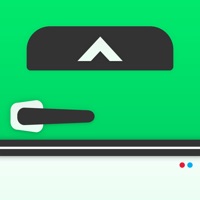
But if you really want to be notified of the potential precipitation for other areas, you can do just that. Of course, the most common option is to just enable notifications for your current location. Toggle the switches to allow notifications for the locations that are listed.Īs you can from the screenshots above, if you have multiple locations listed in the Weather app, you can enable notifications for each location.Tap the Continue button to Allow Notifications.From the drop-down menu, tap Notifications.In the top right corner, tap the circle with three dots in the middle.Tap the three stacked lines in the bottom right corner.Open Apple’s Weather app on your iPhone.

Before everything is up and running, however, you’ll first need to jump into the Weather app to enable everything. Now that Location Services have been enabled for Weather, you are able to get Weather notifications on iPhone. Under Allow Location Access, select Always.Without doing so, the notifications will never arrive, even if you tried to enable them from just the Weather app itself. These give you a heads up whenever there’s rain in the area, and can send you a notification so you don’t leave the house without an umbrella.īut before you can get weather notifications on iPhone, you’ll first need to enable the proper access to Location Services. One of the key reasons why Dark Sky was (and still is) one of the best weather apps for iPhone is because of the precipitation notifications. You might notice how there are animations in the app based on the current weather conditions, but there’s another extremely handy feature that makes life a bit easier. Shortly after Apple acquired Dark Sky, the company immediately started work on implementing some of the best features from Dark Sky into its own Weather app.
#Carrot weather android review how to
How To Get Weather Notifications on iPhone



 0 kommentar(er)
0 kommentar(er)
